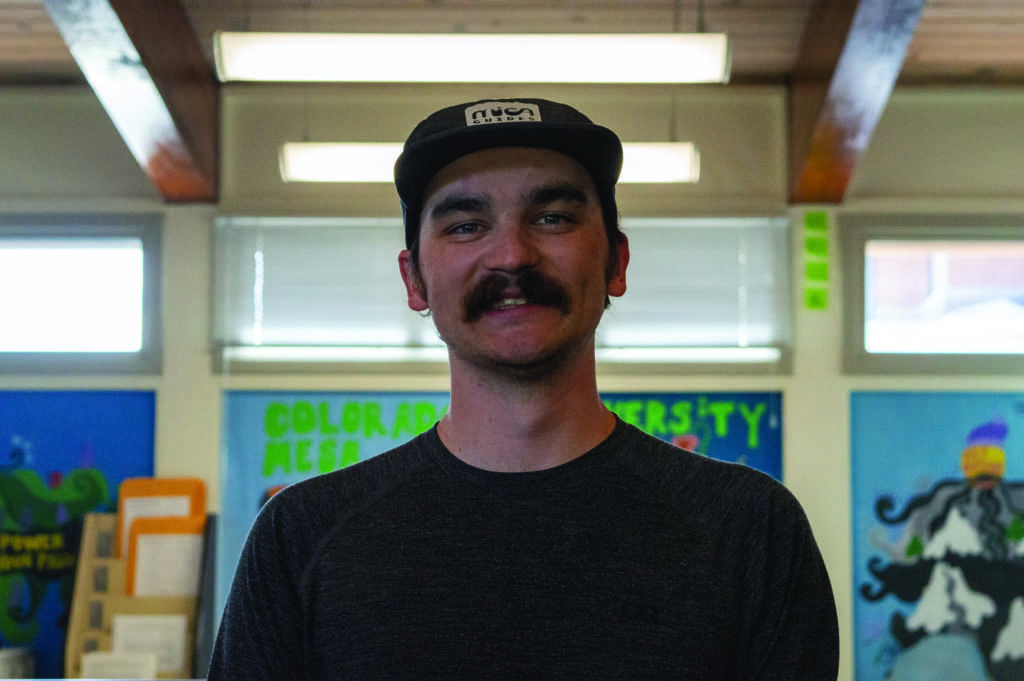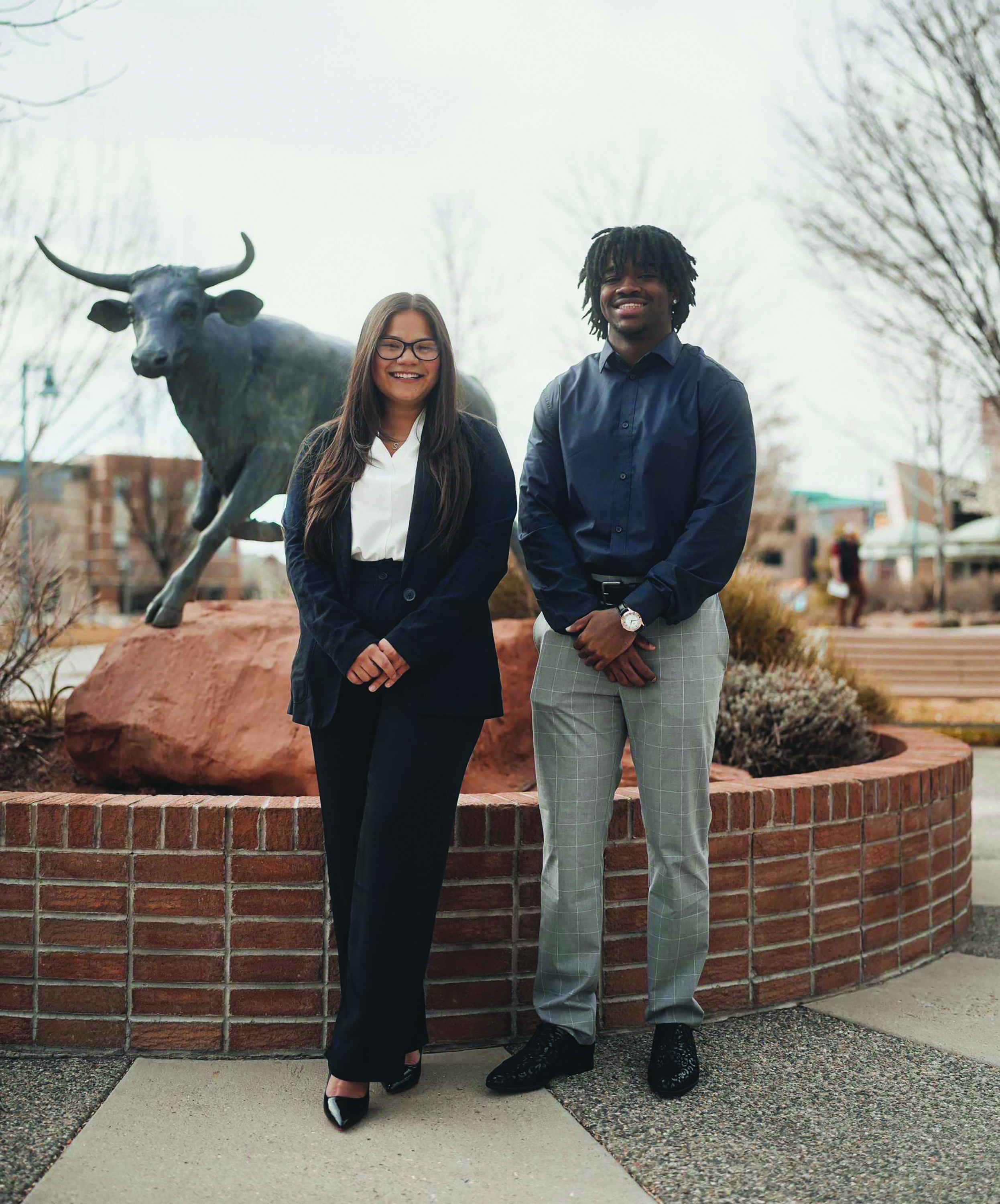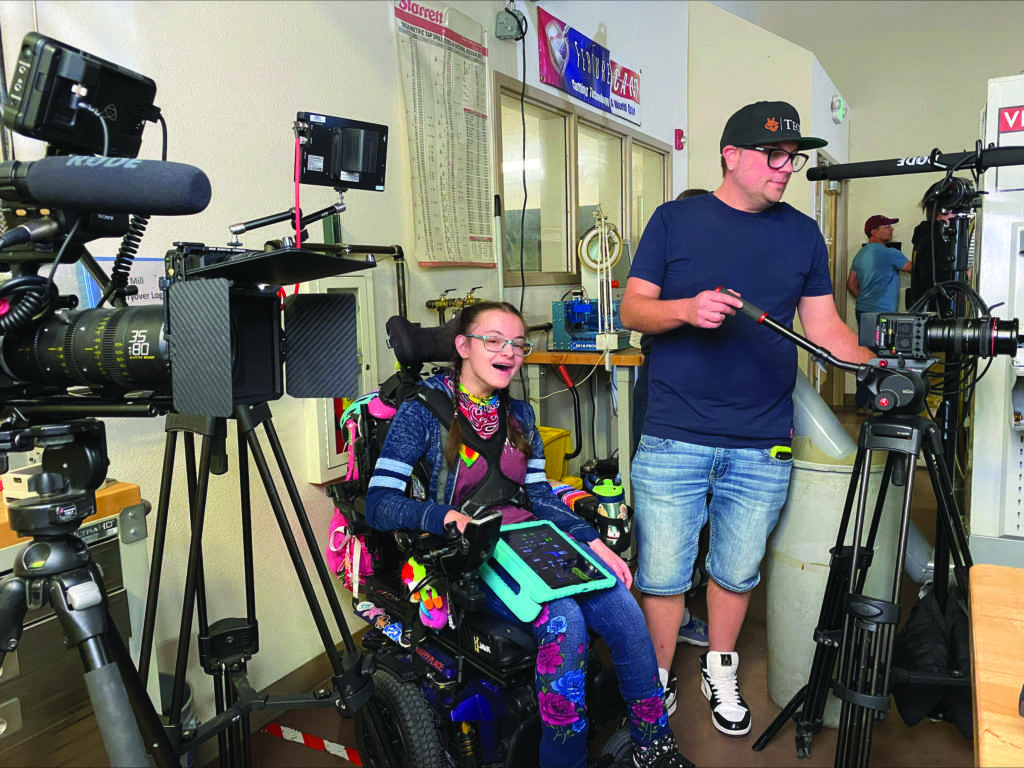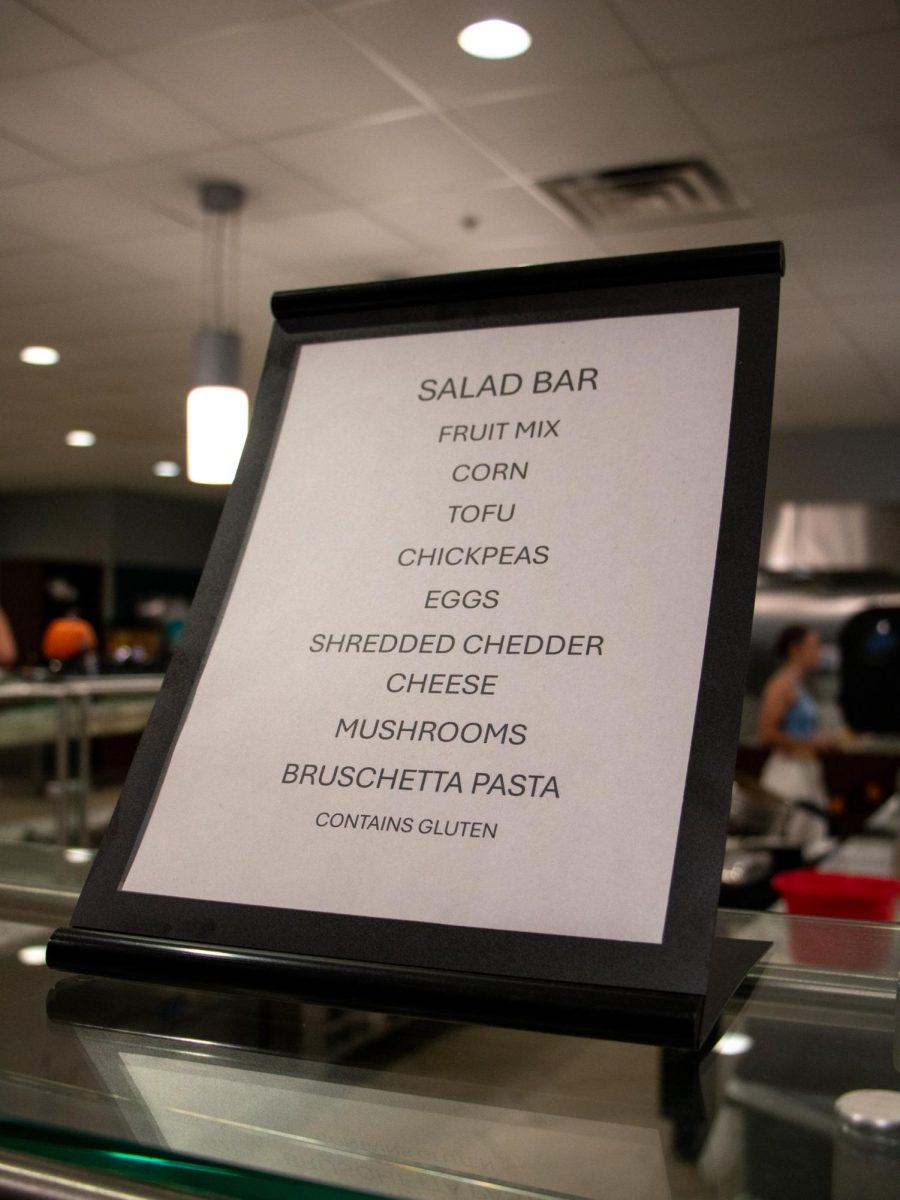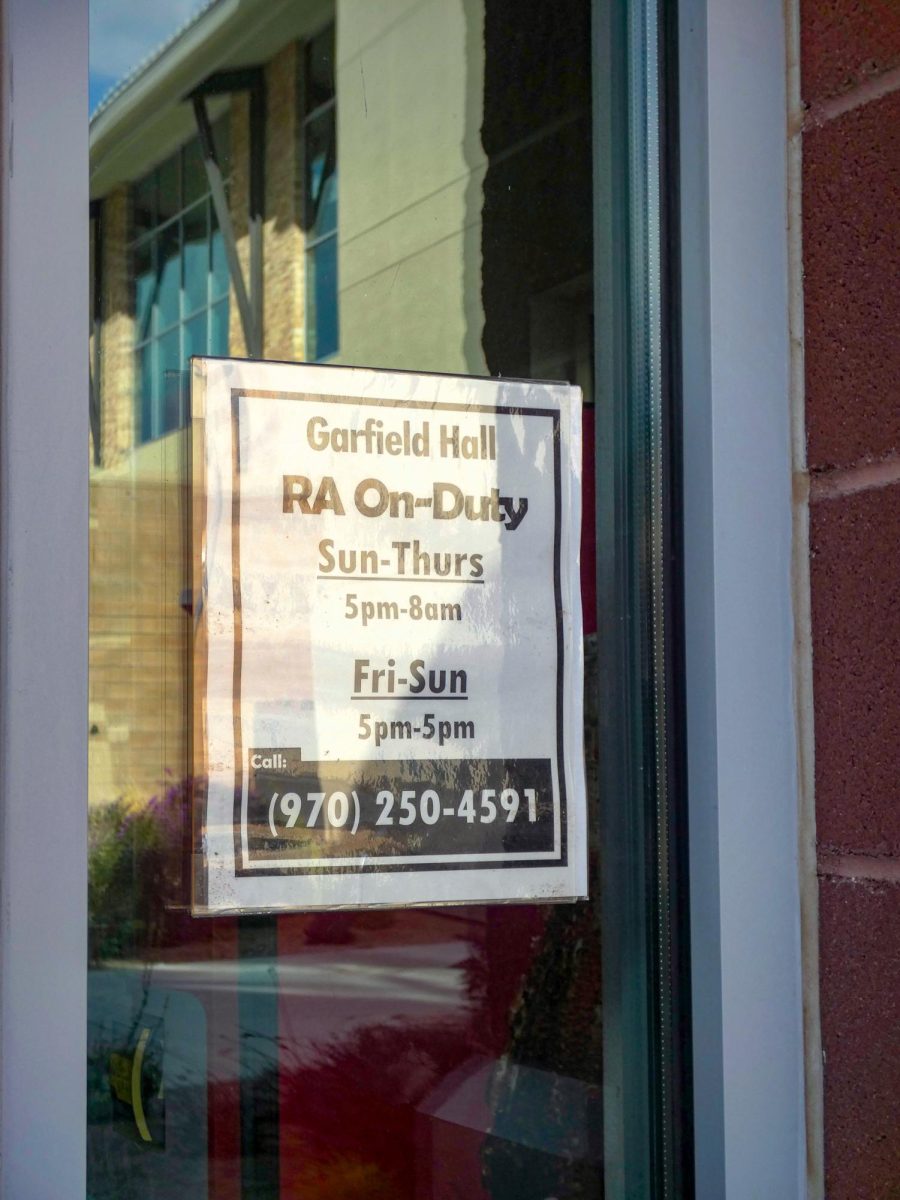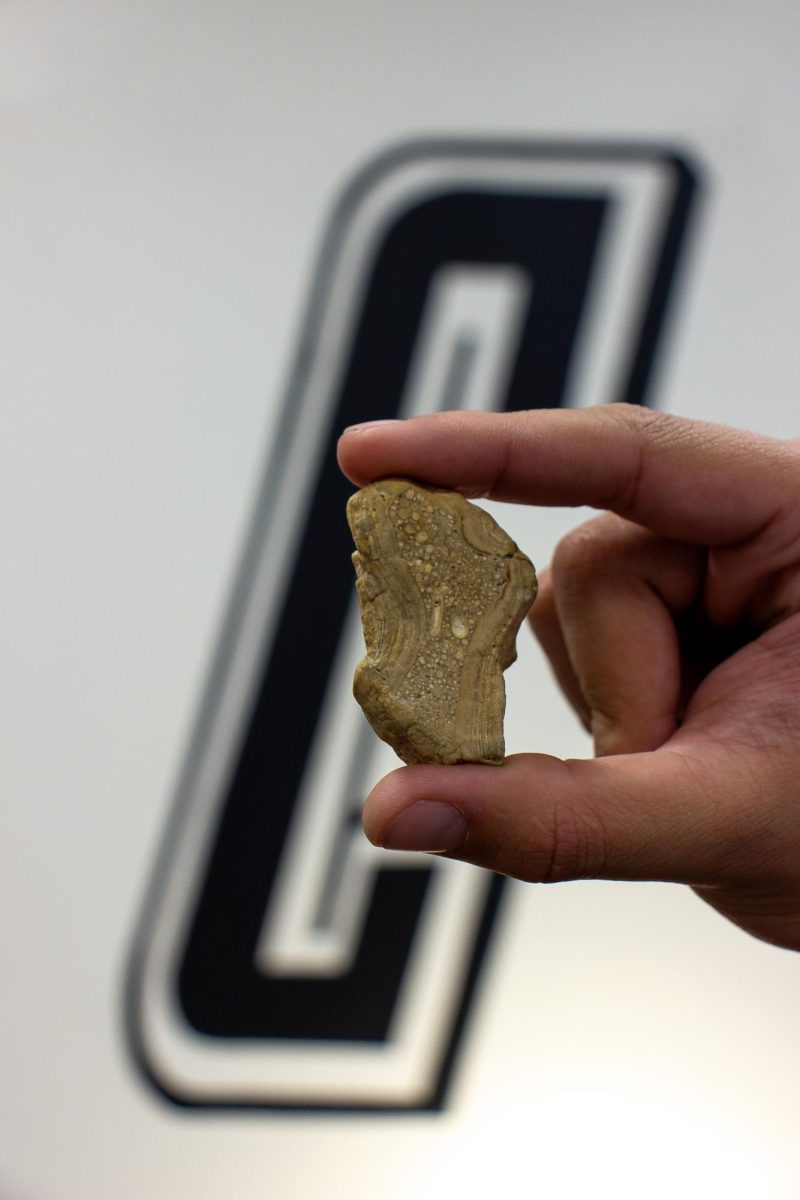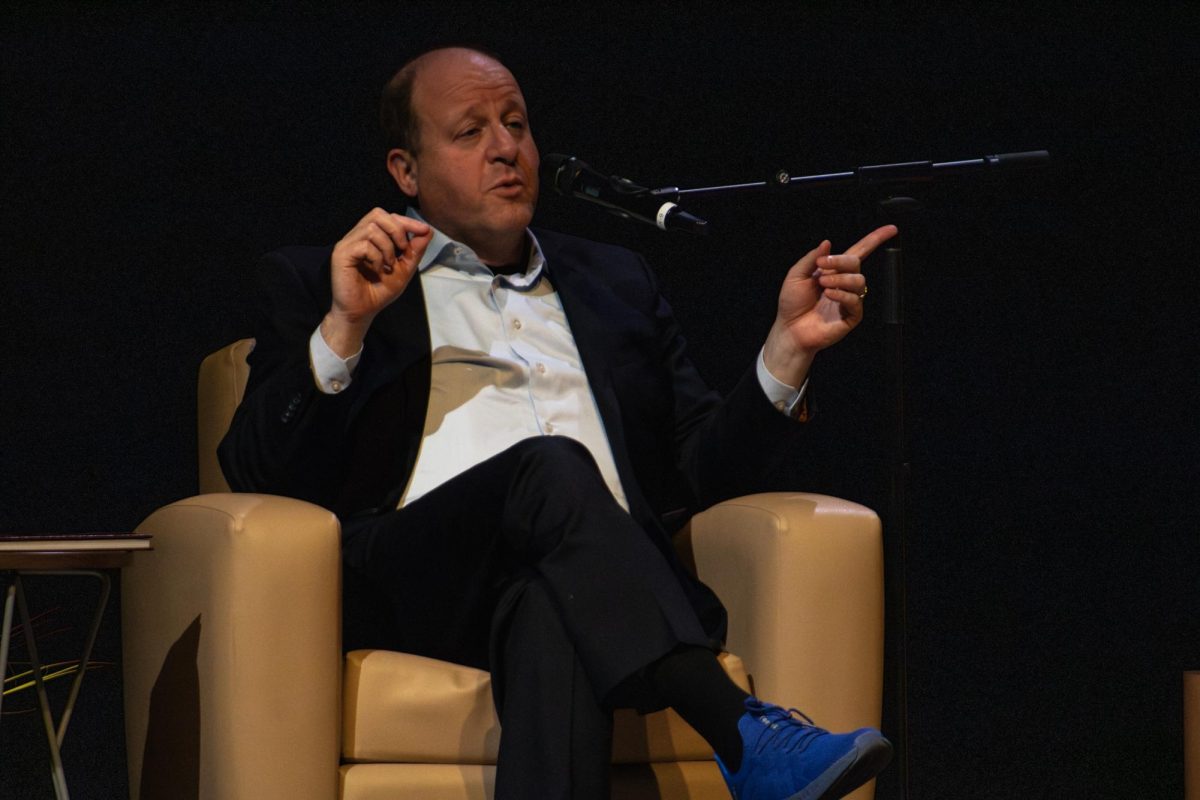Of the several hundred doors on Colorado Mesa University’s campus, 104 doors in 24 buildings have what’s called an automatic handicap door opener. According to Americans with Disabilities Act (ADA) laws, which all universities in the United States must adhere to, on all public facilities and campuses, 60 percent of the entrances must be handicap accessible.
What the ADA doesn’t mention, however, are the entrances to interior rooms, such as bathrooms on public campuses. None of the bathrooms on campus at CMU have a door opener.
Consequently, some disabled students have to wait for someone to come along who is willing to open the door for them.
Once inside, restrooms are equipped with at least one handicap stall, but the students must wait for help to open the door to get in and out of the restroom.
The only exceptions to this on campus are the main men’s and women’s bathrooms in Moss Performing Arts Center, and the bathrooms on the first floor of the Fine Arts building, which don’t have a door at all.
Other bathroom doors on campus, like the ones in the Escalante academic building, must be pushed or pulled open by hand.
“This is one of the most ADA-compliant campuses in the country […] Our architecture codes and building codes are updated every few years,” Vice President of Student Services John Marshall said of Escalante and CMU. “[Escalante] would be the most modern [building] we have on campus, so it’s gonna be the most up to date as far as ADA compliance.”
According to the university’s media relations department, all but eight buildings on campus have at least one automatic door opener. Some older buildings do not, like Albers Hall. However, if those buildings were to be remodeled, an automatic door opener would be added to the exterior entrances.
While some may think it should, the ADA currently has no laws about interior doors.
For the CMU student population that is legally considered handicapped or disabled, doors on campus, including but not limited to the bathroom doors, may be an obstacle rather than a simple path from point A to point B.
Doors to classrooms and lecture halls all must be opened by hand. Most doors to these rooms remain open before class starts, but they can be equally as heavy and sturdy as bathroom doors.
“If I had to guess, there are 400 doors on campus, and at least half of them have buttons, and half of those don’t work,” freshman Andrea Hollinger, who is permanently wheelchair-bound, said.
For example, the library has buttons on each side of the building for handicapped students coming in and out of the building, but inside the building at the entrance to the actual library, only the left door has a button.
“[Non-bathroom] doors are slow, or the button doesn’t open the door,” Hollinger said. “The [University Center] is the worst because I have to push the button at least three mes, if it opens at all.”
The automatic door opener outside the University Center by the ATM is guarded by a metal rail, so to push the button, disabled students must reach into the narrow space between the rail and the button.
This makes it difficult for handicapped students to push the button, but it is there for a reason. Many non-handicapped students will push the automatic door openers when they walk into the University Center or another building on campus, which uses up electricity.
Marshall expressed disappointment upon learning that the campus still may not be meeting the needs of handicapped students even with all the ADA updates.
“[There are] dozens of examples where we not only met, but exceeded ADA issues, not because we’re scared of a lawsuit, but because it’s the right thing to do for students,” Marshall said. “In my mind, the question becomes […] what should the university be doing to anticipate extreme disabilities?”
Following the law may not always meet a specific student’s needs. The ADA and CMU have attempted to provide for all disabled students on campus, yet some students are still unable to access every necessary room on campus, like the bathrooms.
Marshall stated that since he was now aware of a problem some disabled students face, the next step is for CMU to decide what to do about the issue.
“I like this school. I’m grateful for the elevators and the EAS,” Hollinger said, acknowledging the services that CMU does offer. “I’m not trying to bash the school or be a superhero for future generations. I just want to get awareness.”
Awareness may help to bring dignity to an undignified situation.
“I wanna be able to go to the bathroom without having to ask somebody I don’t know to open the door, or even worse, my professor,” Hollinger said. “I don’t know where I’ll be for the next five years, but I’d like any bathroom that I might go to to have a door that I could get into if needed.”
Students and faculty that are not disabled may not realize the difficulty faced by disabled students trying to do everyday tasks such as use the restroom. Awareness of the problem may lead to discussion and find a solution to the issue.





